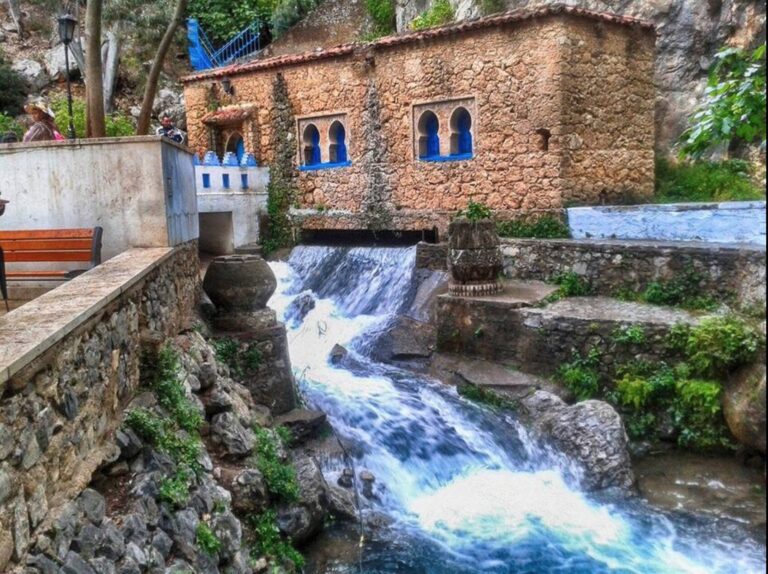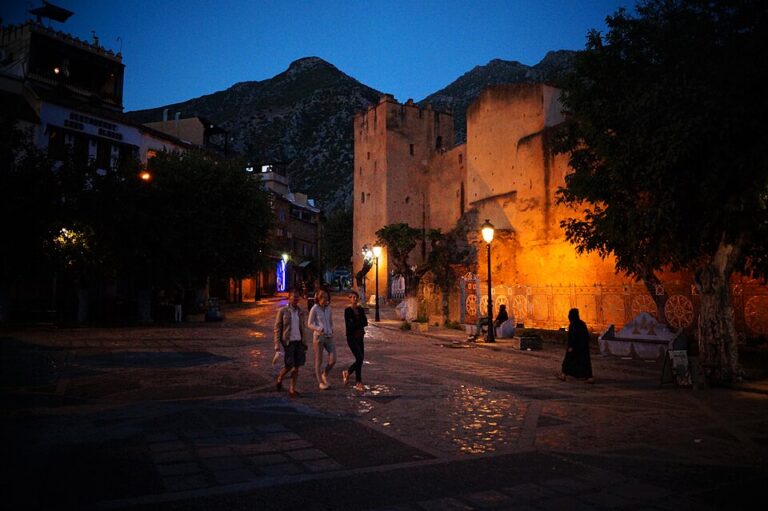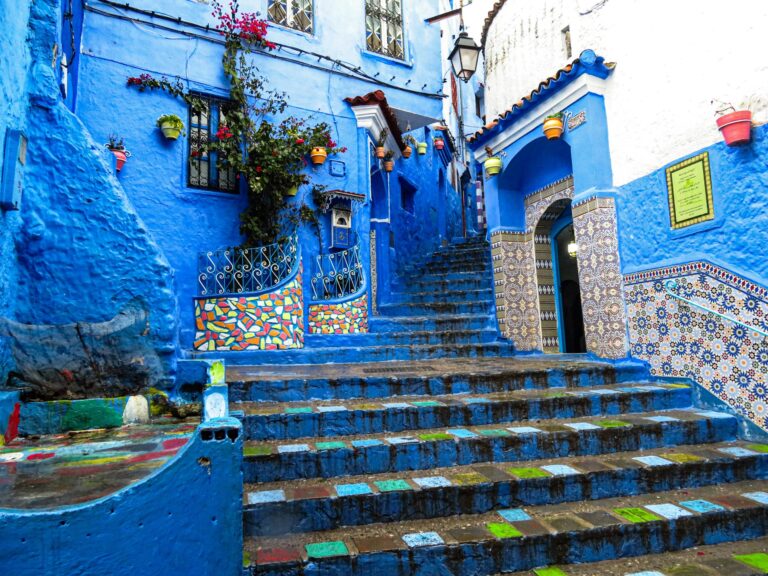
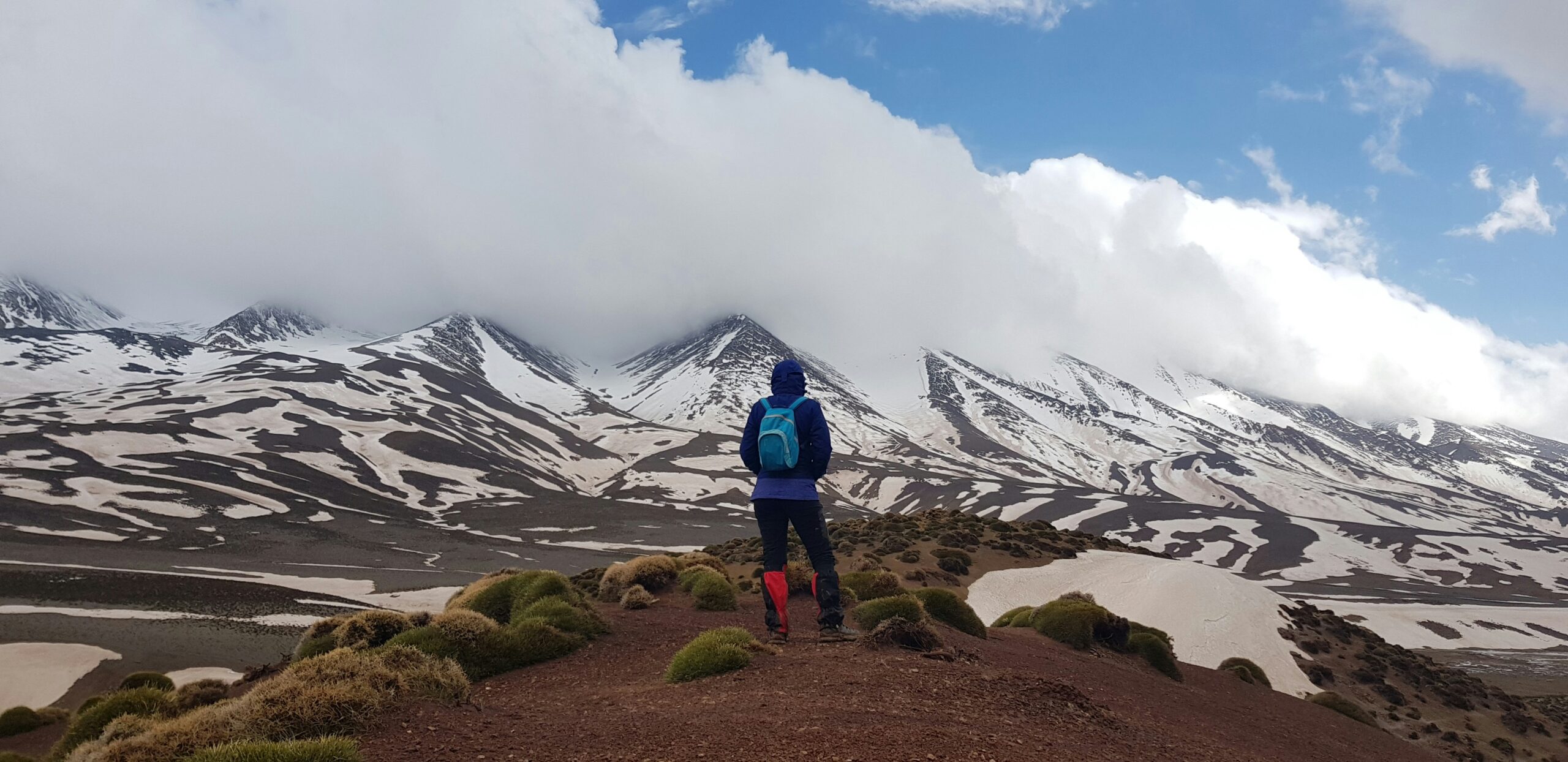
If you’re dreaming of wide open skies, winding mountain trails, and vibrant cultural encounters far from the crowds, look no further than The Atlas Mountains: a destination for nature lovers. Stretching over 2,500 km across Morocco, Algeria, and Tunisia, the Moroccan portion of this majestic range offers the perfect escape for hikers, photographers, and anyone seeking a peaceful connection with the land.
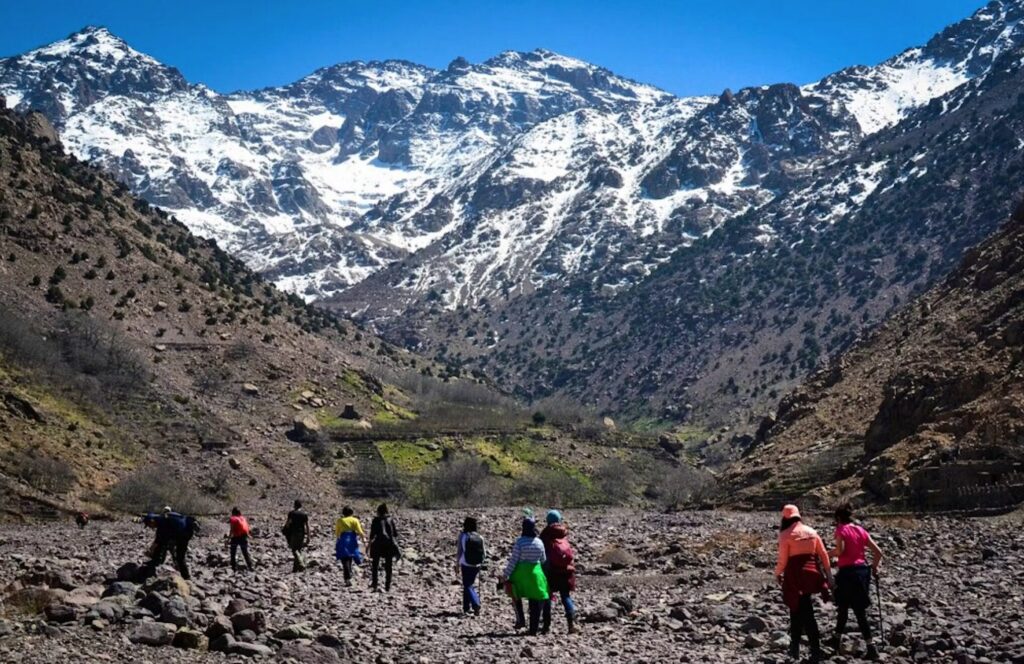
From snowy peaks to sun-drenched valleys, these mountains are more than just a natural barrier—they are a living, breathing part of Moroccan heritage. In this guide, we’ll explore what makes the Atlas Mountains a must-visit for nature lovers and how you can plan your journey into one of North Africa’s most unforgettable landscapes.
Discovering the Atlas Mountains: Overview and Highlights
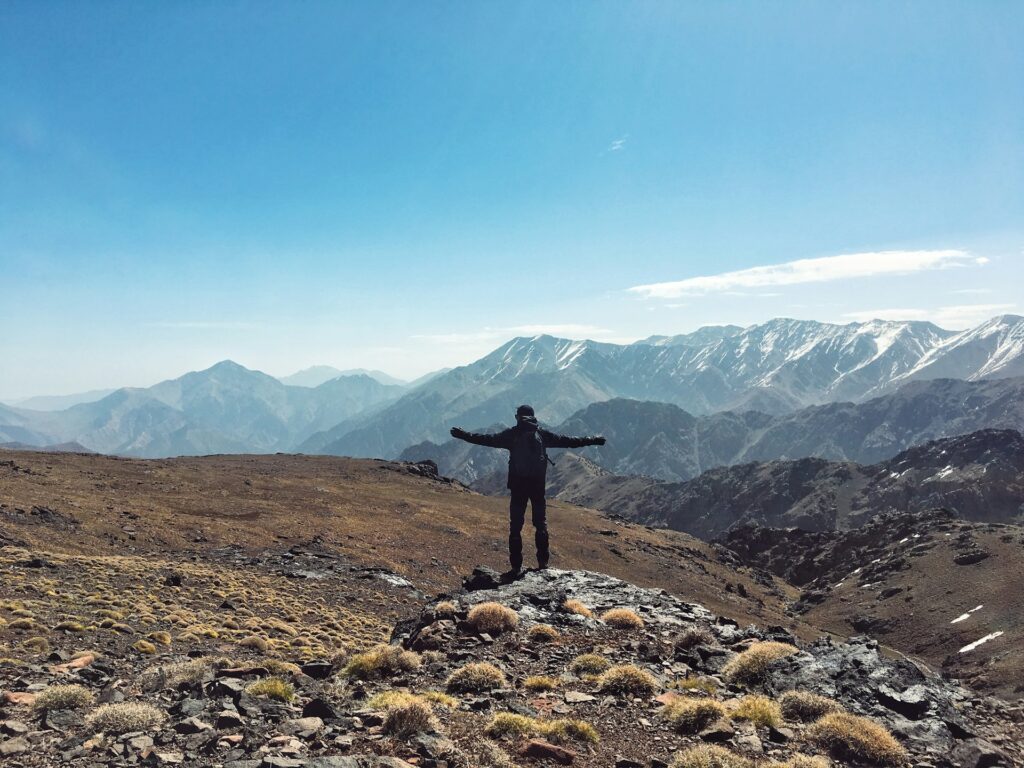
Divided into three main sections—the High Atlas, Middle Atlas, and Anti-Atlas—this mountainous region is one of Morocco’s most diverse terrains.
- High Atlas: Home to Mount Toubkal, North Africa’s tallest peak at 4,167 meters. This area offers some of the best hiking trails in Morocco, along with dramatic valleys and ancient Amazigh villages.
- Middle Atlas: Known for its cedar forests and alpine lakes, this section is ideal for nature lovers who want less elevation but equally beautiful scenery.
- Anti-Atlas: A drier and rockier region near the Sahara, full of surreal landscapes, hidden oases, and red granite formations near Tafraoute.
Whether you’re an avid trekker, casual hiker, or culture seeker, The Atlas Mountains: a destination for nature lovers offers a different rhythm of travel—slower, more grounded, and deeply connected to nature and community.
Learn more about Mount Toubkal on Wikipedia and the Atlas Mountains.
Top Experiences for Nature Lovers in the Atlas Mountains
1. Trekking to Mount Toubkal
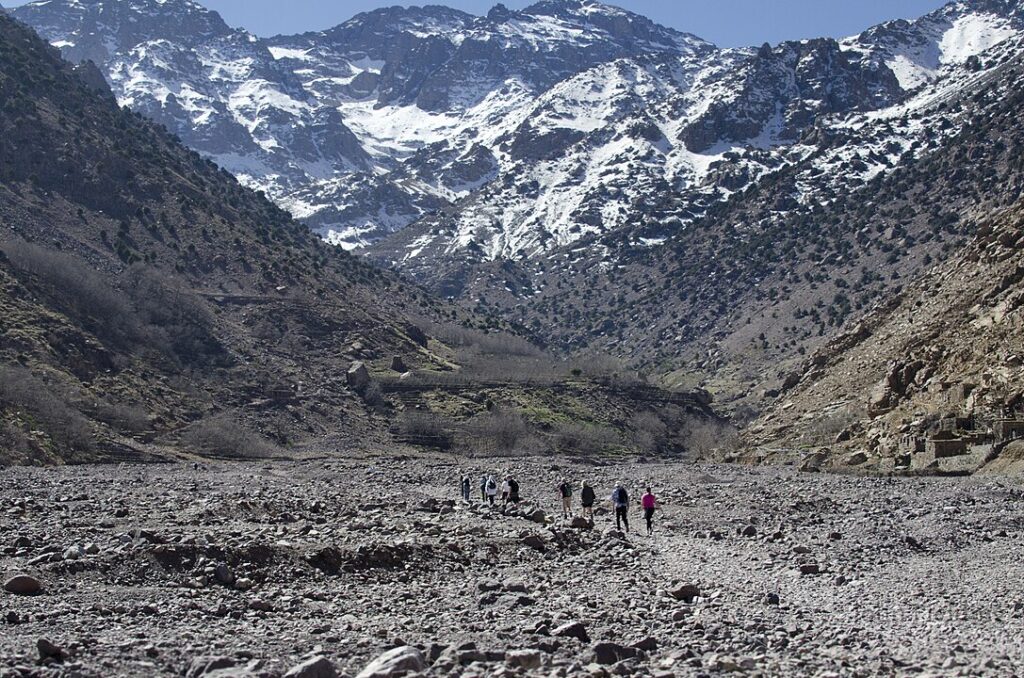
For adventurous souls, summiting Mount Toubkal is the ultimate challenge. Most treks start from Imlil, a village about 90 minutes from Marrakech, and take 2–3 days. The journey rewards hikers with panoramic views, snow-capped peaks, and unforgettable sunrises.
2. Visiting Ouzoud Waterfalls
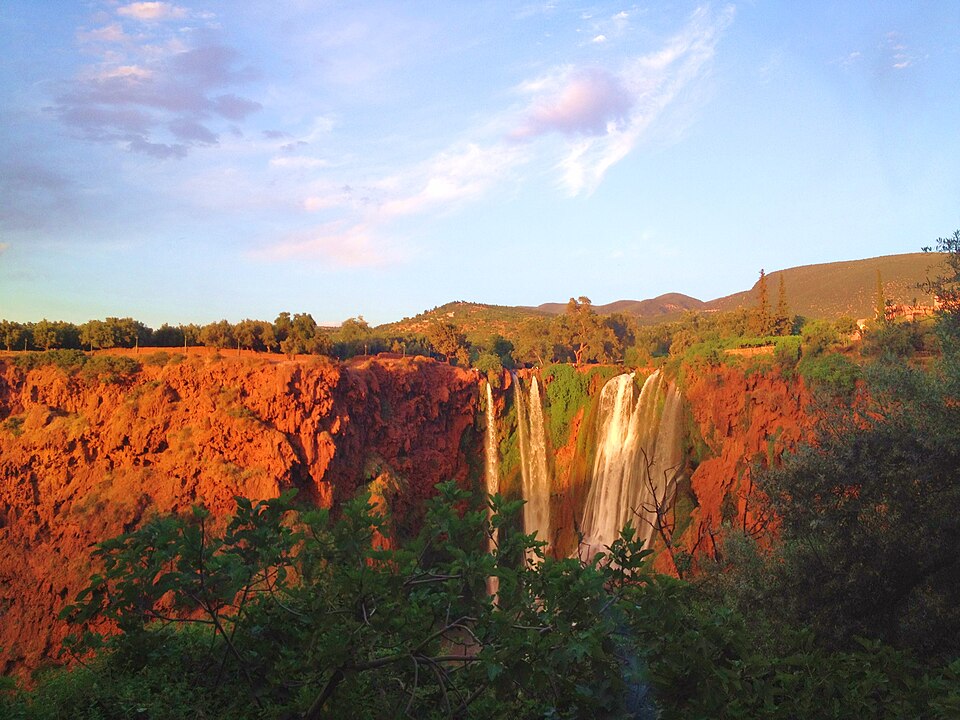
Located in the Middle Atlas, the Ouzoud Waterfalls are Morocco’s highest and most spectacular. Surrounded by olive groves and often accompanied by a family of Barbary macaques, this site is ideal for a scenic day hike and picnic.
3. Exploring Aït Bouguemez (Happy Valley)
Nicknamed the “Happy Valley” for its lush farmland and smiling locals, Aït Bouguemez in the Central High Atlas is perfect for tranquil walks, home stays, and agricultural tourism. Time here feels like stepping into a living postcard.
4. Rock Formations of Tafraoute
In the Anti-Atlas, near the town of Tafraoute, nature takes on an artistic flair. Discover red granite boulders, ancient rock carvings, and surreal “painted rocks” by Belgian artist Jean Verame. It’s a playground for landscape photographers and geology enthusiasts.
Travel Tips and Cultural Insights
Dress and Gear Smart
The Atlas climate varies drastically with altitude and season. Bring layers, good hiking boots, and sun protection—even in winter, the sun can be intense. Villages are conservative, so modest dress is appreciated.
Respect Local Culture
The majority of mountain inhabitants are Amazigh (Berber), known for their hospitality and resilience. A few Tamazight words (like “Azul” for hello) go a long way. Always ask before photographing people or entering homes.
Go With a Guide
While some trails are well-marked, a local guide enriches the experience. Not only for safety but for deeper understanding—guides often share stories, legends, and local traditions that make the landscape come alive.
Traveler Stories: Real Experiences from the Atlas Mountains
Sofia from Italy – A Spiritual Trek to Toubkal
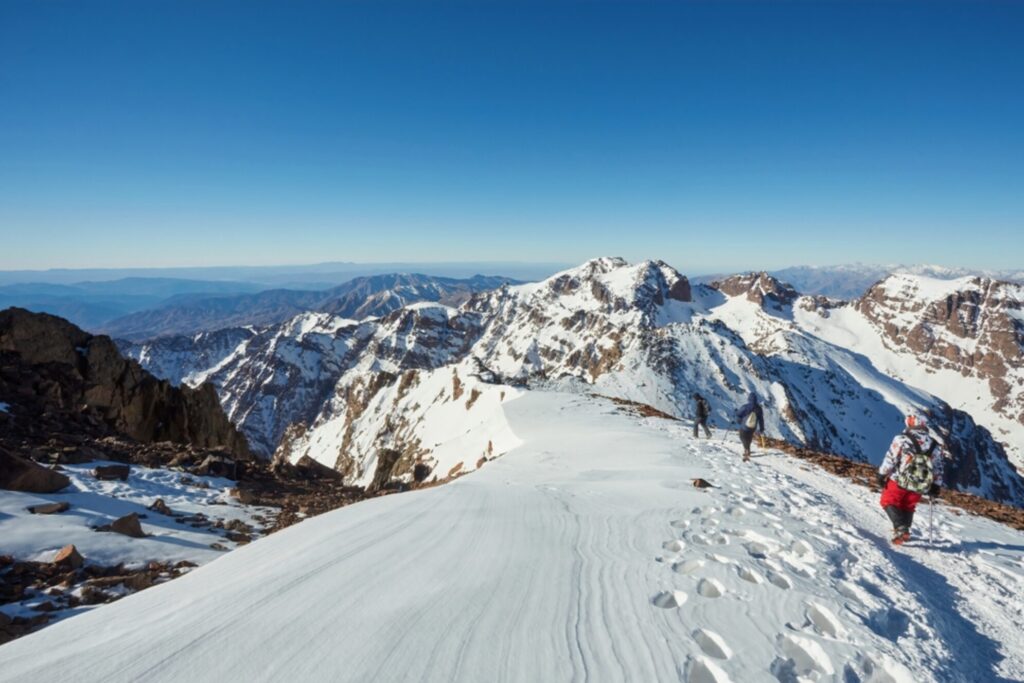
“I wasn’t an experienced hiker, but summiting Toubkal changed me. The terrain was tough, but our guide, Hassan, encouraged us every step. Watching the sunrise from the peak felt like standing on top of the world.”
David and Lena from Germany – A Week in Aït Bouguemez
“We spent a week living in a guesthouse run by a local family. Each day, we walked to nearby villages, joined in cooking, and even helped with the harvest. We came for nature but left with lasting friendships.”
Carla from the USA – Discovering the Painted Rocks of Tafraoute
“As an artist, I was drawn to Tafraoute’s surreal landscapes. The Painted Rocks are like nature’s canvas. I spent hours sketching and soaking in the silence of the desert mountains.”
When to Visit the Atlas Mountains: Seasonal Tips
- Spring (March–May): Ideal for trekking and nature walks. Valleys are lush, wildflowers bloom, and temperatures are pleasant.
- Summer (June–August): Great for higher elevations, though lower valleys can be hot. Escape the city heat in the cool mountain air.
- Autumn (September–November): Harvest season and a great time for cultural visits. Clear skies and fewer crowds.
- Winter (December–February): Snowfall transforms the High Atlas into a winter wonderland. Skiing is possible near Oukaïmeden, but some high passes may be closed.
Each season offers a unique experience, making The Atlas Mountains: a destination for nature lovers worth visiting any time of year.
FAQ: Traveling in the Atlas Mountains
Is it safe to hike in the Atlas Mountains?
Yes, the Atlas Mountains are generally safe for travelers. However, it’s recommended to hike with a guide, especially in remote or high-altitude areas.
Do I need to be fit to enjoy the Atlas Mountains?
Not necessarily! There are trails for all levels, from casual walks in valleys to challenging treks like Mount Toubkal. You can enjoy nature at your own pace.
What kind of wildlife can I see?
You might spot Barbary macaques, wild boars, mountain goats, and a variety of birds. The cedar forests in the Middle Atlas are particularly rich in biodiversity.
Are there accommodations in the mountains?
Yes. From basic guesthouses and homestays in small villages to eco-lodges and trekking lodges, there’s a range of options. Many are family-run and offer traditional meals.
How do I get to the Atlas Mountains from Marrakech?
Marrakech is the main gateway. From there, you can reach areas like Imlil, Ouirgane, or Setti Fatma within 1–2 hours by car or taxi. Organized tours also operate frequently.
Conclusion: Start Planning Your Atlas Adventure
The magic of The Atlas Mountains: a destination for nature lovers lies not only in its landscapes but in the stories, songs, and smiles of the people who live there. Whether you’re climbing snowy peaks, wandering through flowering valleys, or sipping mint tea with locals, you’ll discover a Morocco few tourists truly see.
Ready to breathe mountain air, explore timeless trails, and reconnect with nature and culture?
–Plan your Atlas adventure today on skiesofmorocco.
Explore our guides, book your next eco-escape, and fall in love with Morocco’s mountainous heart.


